Flying Into the World of Fancy Pigeons at the 93rd Annual Grand National Pigeon Show
Welcome to the world of fancy pigeons.
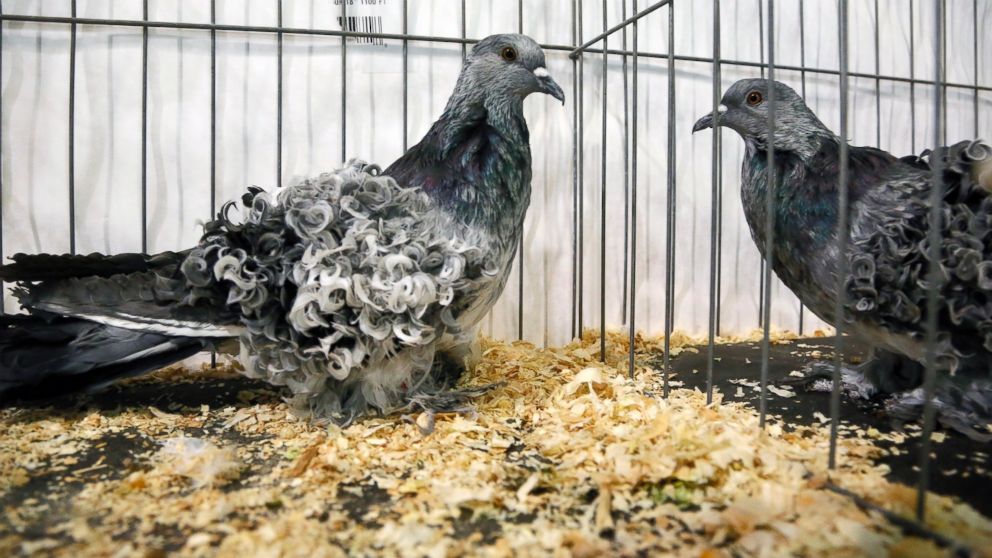
— -- Some 7,844 pigeons gathered this weekend at the 93rd annual Grand National Pigeon Show, and not one was the average street bird.
Welcome to the world of fancy pigeons, a niche hobby held by thousands around the world -– including ex-boxer Mike Tyson -– dedicated to raising and preserving hundreds of breeds of pigeons with unique characteristics such as curly feathers, trumpeting calls and distinct color markings.
"These birds are all hybrid flowers so to speak – they couldn’t exist in the wild,” Los Angeles Pigeon Club director Bob Nolan told ABC News. “If they are released in the wild or escape, they die, so that’s why you never see any of these pigeons on the street. There are well over 500 breeds, and we’re discovering new ones all the time.”
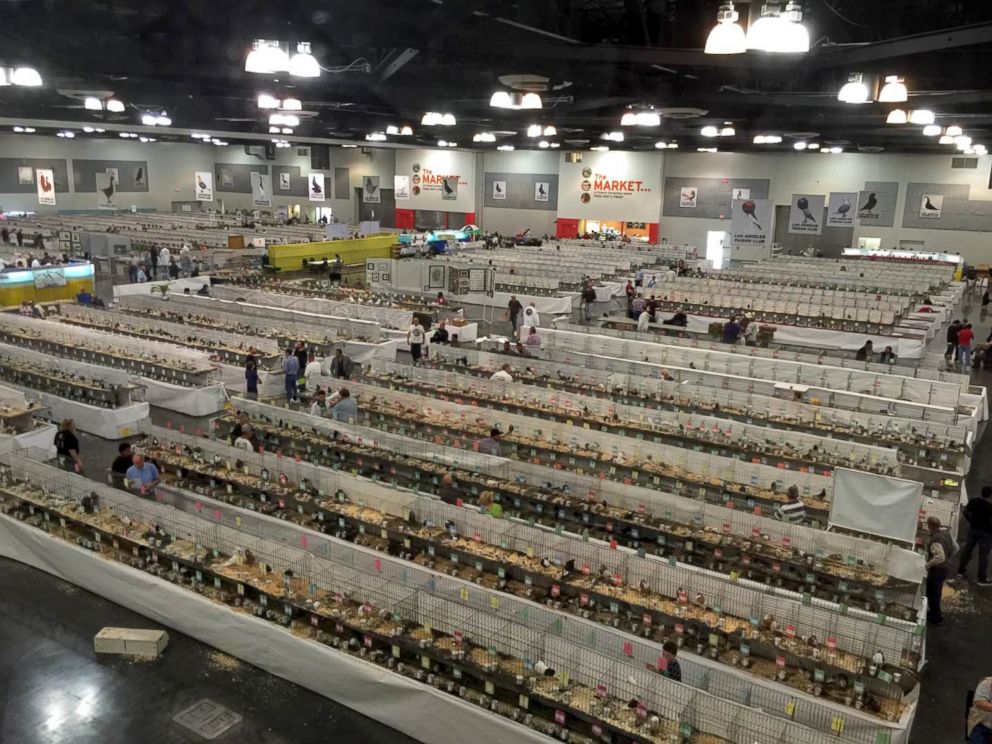
The hobby of crossbreeding and raising pigeons for specific characteristics dates back thousands of years and spans nations.
Charles Darwin crossbred fancy pigeons, documenting the work in his book, “On the Origin of Species,” and Queen Victoria is said to have raised pigeons, a tradition the current Queen of England continues.
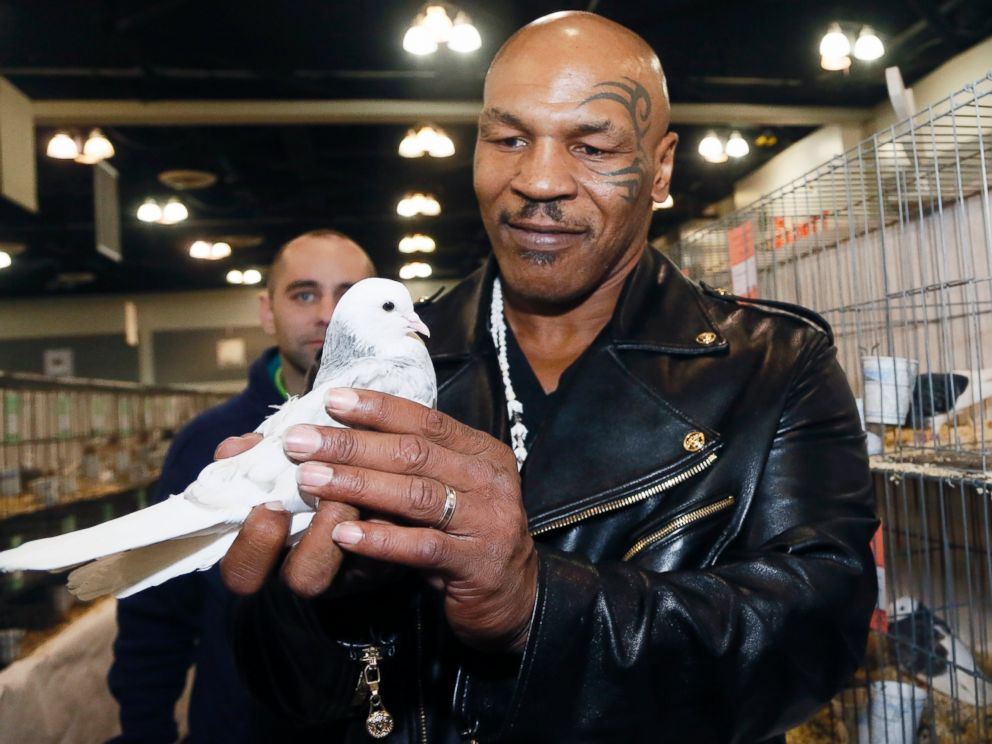
Last weekend’s three-day show in Ontario, Calif., organized by the LA Pigeon Club, drew hundreds of enthusiasts who traveled from 21 countries to view the over 200 breeds of birds and catch up with friends.
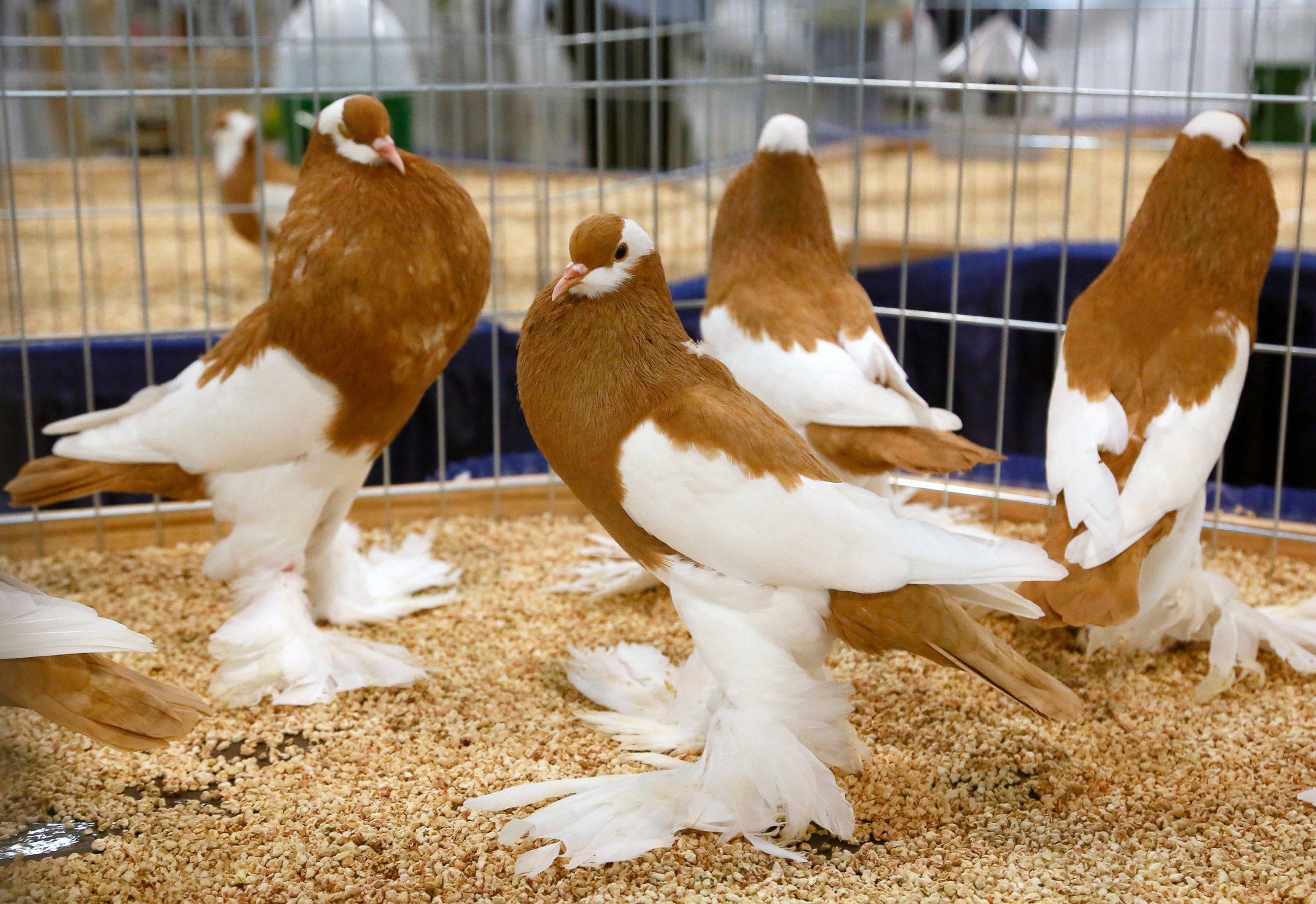
"Pigeon people are a minority to start with, so you and I can to go to a party and I can talk to you about politics and sports and current events, but I can’t talk to you about pigeons on the same level,” Nolan said. “So when I have a friend that can talk to me on that level, we bond. There’s a great friendship that develops among these people because there are so few of us in the total scheme of things.”
Hobbyists fall into four categories: racing homers, whose birds race home for hundreds of miles; fanciers, who raise the pretty pigeons for show; tumblers, whose pigeons do somersaults in the air; and squabs, who raise pigeons for food. Birds can be as cheap as $5 and as expensive as $600,000 for one racing homer.
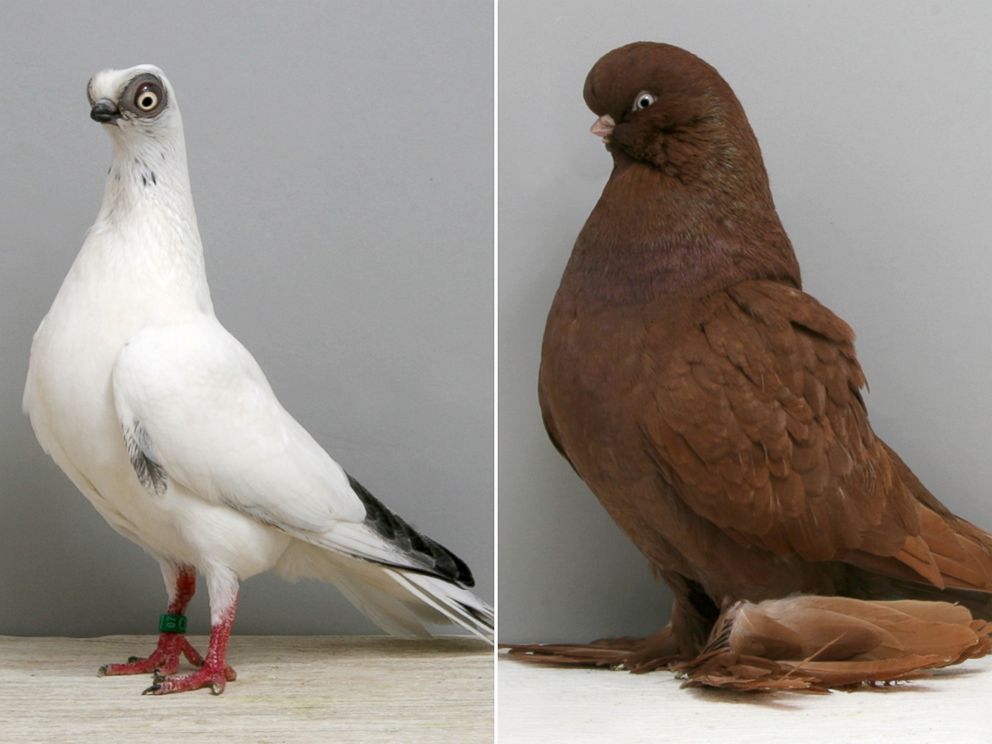
Beyond hobby, the appeal of raising a pigeon runs deep, and fanciers liken it to raising a dog or cat.
“There are some that are very docile, some wild, some real friendly, some that will slap your hand. A fat one, a thin one, a curly one – anything you want you can find,” Nolan said. “We’re the best kept secret. Everybody knows what a cow, pig, horse looks like, but how many know what different pigeon breeds look like? We really have something here that’s unique.”
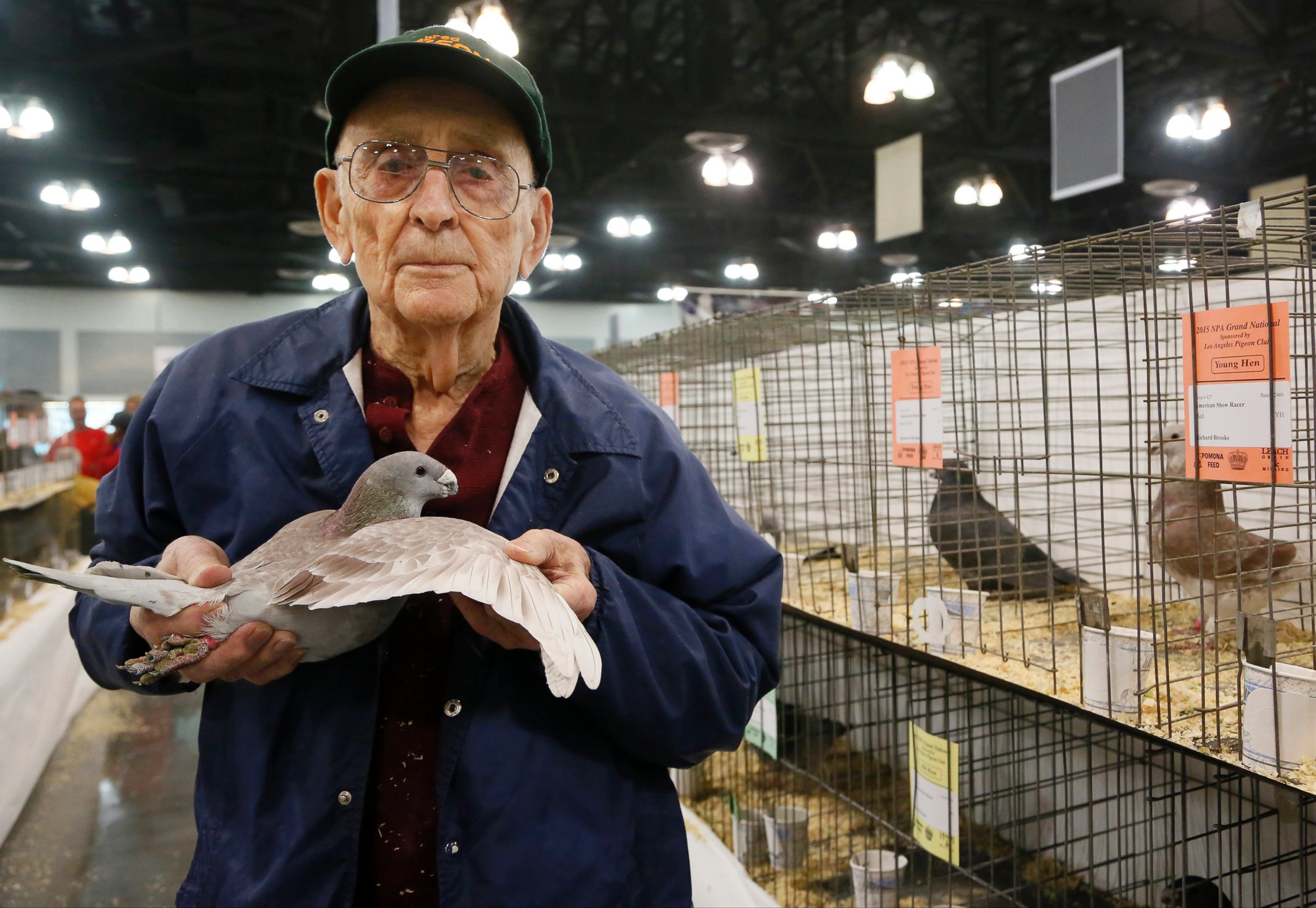
So unique, though, that the hobby is in danger of dying out as the clubs find it difficult to recruit younger members. “The joke made years ago was that they’re flying rats, and that’s the image we’re trying to get over,” Los Angeles Pigeon Club vice president and event organizer Fred Mainpaw, 69, told ABC News. “When I was a kid, I couldn’t wait to get home from school to take care of my birds. Now they come home and get on the computer.”
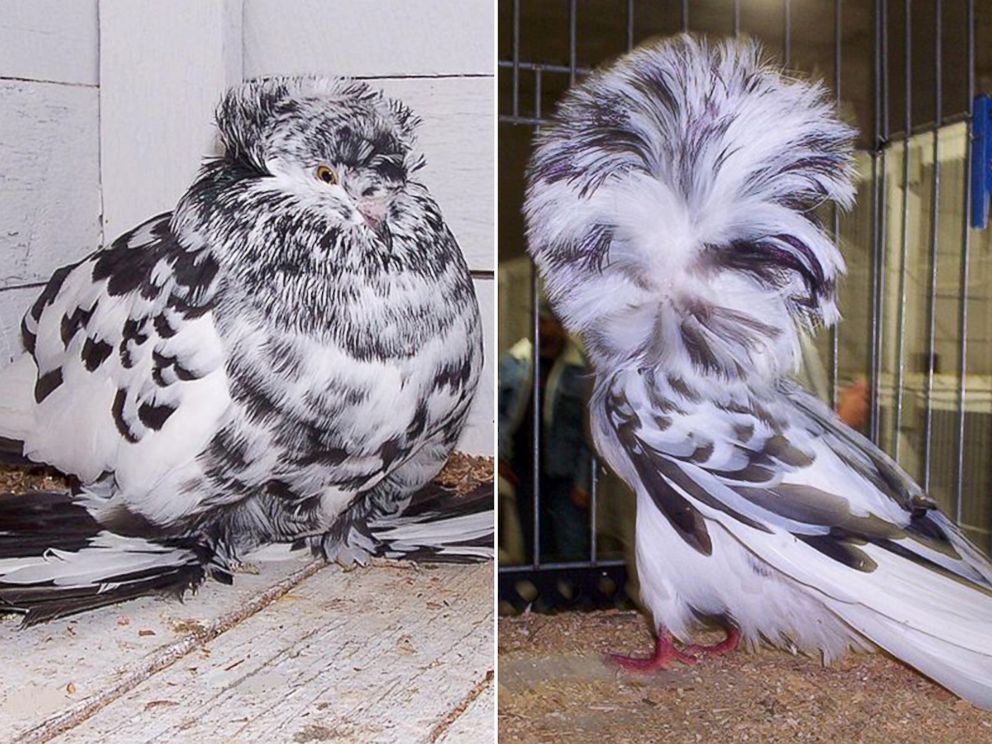
With names like frillback, archangel, jacobin and more, the unique breeds are very different from the poor reputation street pigeons have gained.
“We’re like evangelists; we’re trying to recruit new fanciers because we don’t want our hobby to die out. Each one of these breeds of pigeons were developed by people who love them and passed it on to the next generation,” Nolan, 72, said. “If we don’t get new people to follow up after us, all those hundreds of years of development will go extinct."




